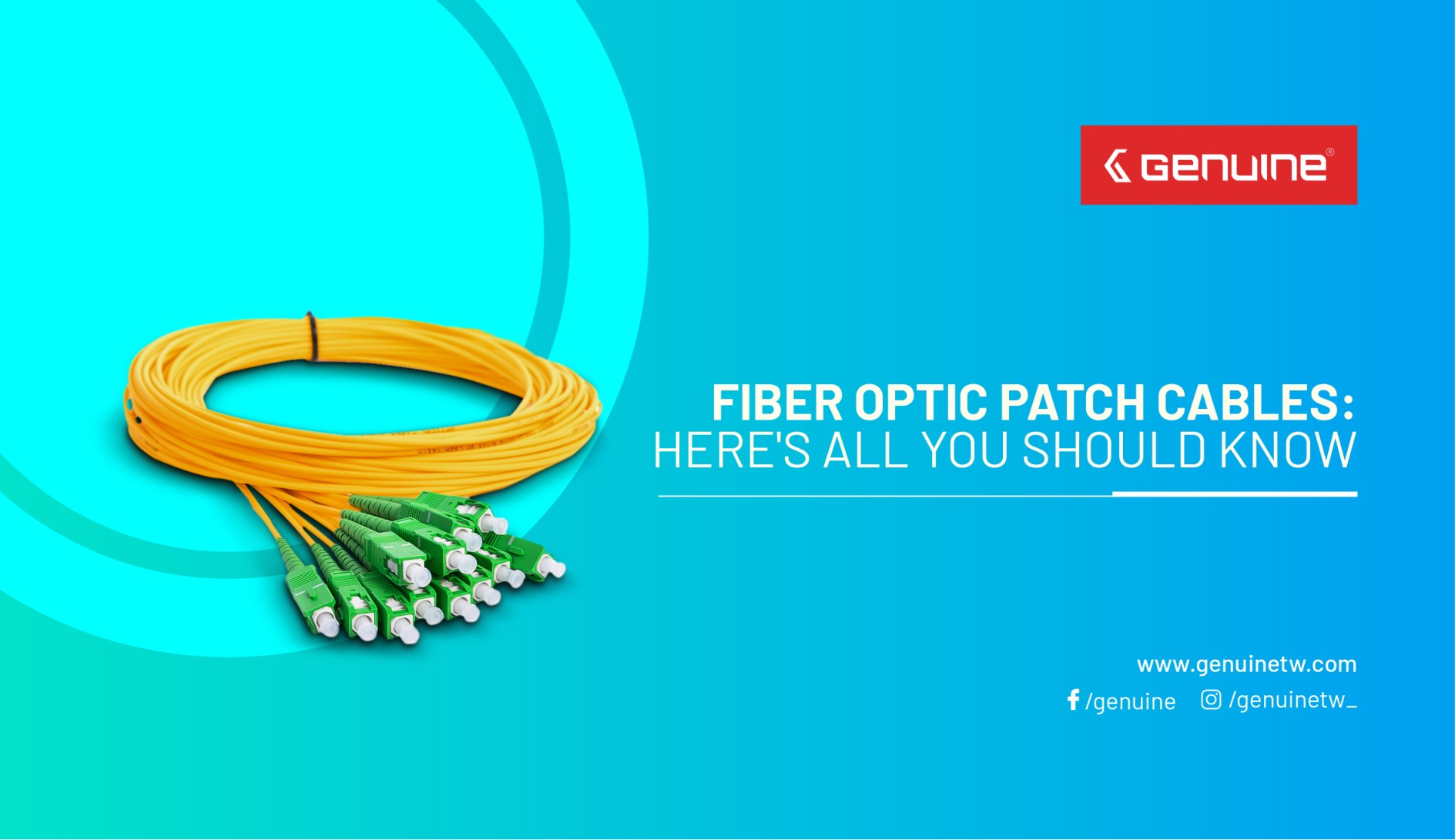
Fiber Optic Patch Cables: Here's All You Should Know
Patch cables are nothing but an electronic cable that connects electronic devices. It allows the transmission of data between them. In the market, different types of patch cables are available, including the fiber optic patch cables. Some of the others are the microphone, headphones, RCA, and ethernet.
Fiber optic patch cable, cord or often known as optical jumper, is a fiber cable terminated with fiber optic connectors (LC, SC, MTRJ, ST, and more) at each of their ends. These connectors allow the cord to stay connected to an optical switch or other computing devices. These cords are ideal for indoor use in server rooms, data centers, medical imaging, mechanical engineering, LAN applications, Cable TV networks, Telephone lines, and more.
If one is looking to buy fiber optic jumper for your system, first one should be aware of its types and functionalities. And then choose according to one’s requirements.
What are the fiber optic cables made of and how do they work?
The core strands are made of a combination of glass (silica) and/or plastic. These materials not only ensure a high level of performance, but also offer high flexibility, lighter weight, and better resistance to shock and bending. And while the strands are the central system that ensures the good functionality of a cable, there are other multiple components that play an important role in the transfer of data through the fiber optics.
Light is used to transmit data pulses along the strands at the core of the cable. The light is created by either a laser or a LED source. An input signal coming from the transmitter is received and it is converted into light pulsations before bouncing it along the fiber core.
The fibers are surrounded by an additional cladding layer which has a different refractive index than the core strands. These differences between cladding and fibers allow the light pulses to bend at specific angles as they travel along the length of the cable.
The reflective properties of the light bind the light pulses within the transparent parts of the fiber cable. The light pulses move in a zigzag pattern along the full run length of the fiber optics. In the case of particularly long cable runs, in order to keep enough signal strength, they will need to convert back and forth between electrical signals and light pulses, at several points along the way. This process can be done with the help of repeaters, additional internal components.
The light signals travel at around 70% the speed of light most of the way and once they reach the destination, these signals can be interpreted as data and converted to output by a piece of receiving equipment.
